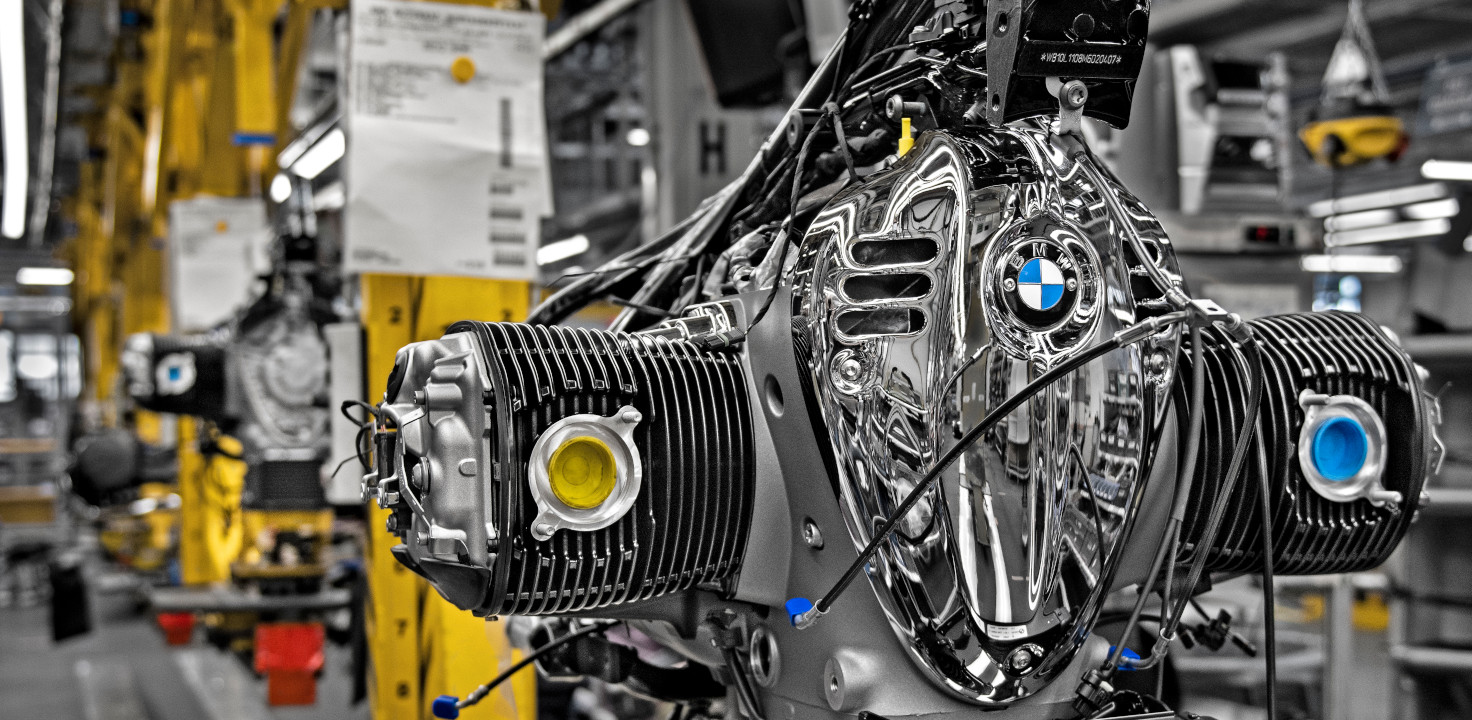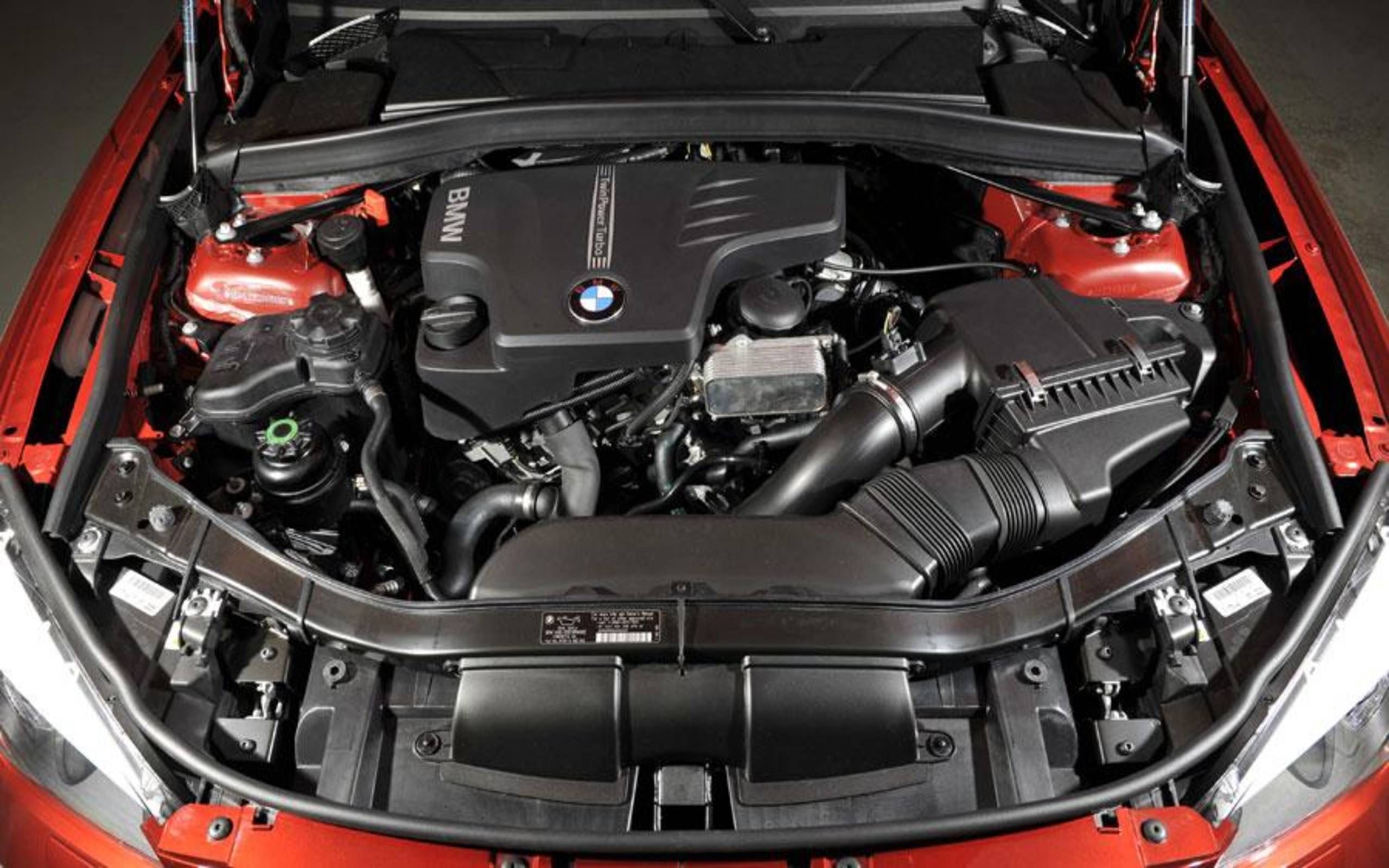Exactly how to Maintain Your BMW Engine for Optimal Efficiency and Durability
Exactly how to Maintain Your BMW Engine for Optimal Efficiency and Durability
Blog Article
Exploring the Development of Burning Engines in Modern Transportation Systems
As we navigate the landscape of modern-day transport, the evolution of combustion engines stands as a testimony to human resourcefulness and design expertise. From their humble beginnings to the innovative powerhouses thrusting vehicles today, combustion engines have actually gone through an impressive trip of advancement and adaptation. Recognizing the complexities of this development not just loses light on the past yet also leads the way for imagining what lies ahead in the world of transportation innovation. The interaction of background, modern technology, and environmental issues fit the trajectory of combustion engines creates a story that is both informative and engaging.
Very Early Beginnings of Combustion Engines
How did the concept of burning engines initial arise in the early stages of transportation growth? The roots of burning engines can be traced back to the 17th century when the principles of interior combustion were very first checked out. In 1673, Christian Huygens conceived a fundamental internal combustion engine that utilized gunpowder to produce power. However, it had not been till the late 19th century that useful applications of burning engines in transport began to emerge.
The advancement minute came with the innovation of the initial effective gasoline-powered engine by Karl Benz in 1885 - bmw engine. This engine paved the method for the development of the modern auto, changing transport systems worldwide. Subsequent advancements by Nikolaus Otto and Gottlieb Daimler better improved burning engine innovation, leading to the automation of vehicles and the quick expansion of the transportation industry
These very early combustion engines were characterized by their simplicity and performance, laying the structure for the facility and powerful engines made use of in contemporary transport systems. The development of combustion engines has been crucial in shaping the means we take a trip and deliver items, noting a considerable turning point in the history of transportation advancement.
Transition to Internal Combustion Technology
The shift to internal combustion modern technology noted a crucial change in the development of transport systems. This shift started in the late 19th century, with innovators like Nikolaus Otto and Gottlieb Daimler establishing the initial successful interior burning engines. These engines reinvented transport by providing a more effective and reliable alternative to heavy steam engines and electric motors.
One of the key benefits of interior burning engines was their ability to be scaled down to match vehicles, leading to the advancement of automobiles and motorbikes. This change from large, stationary engines to portable, mobile ones led the way for the contemporary transport systems we see today.
The change to internal burning innovation likewise spurred advancements in fuel innovation, causing the advancement of gasoline and diesel as key gas sources for lorries. This change not just made transport a lot more easily accessible to the masses yet additionally laid the foundation for the oil and gas market to end up being important to worldwide economic climates.
Effect of Combustion Engines on Transportation
The fostering of burning engines in transport systems catalyzed an extensive change in the performance and rate of worldwide wheelchair. Burning engines reinvented transportation by providing a functional and reputable source of power for various automobiles, consisting of autos, airplanes, trucks, and ships. This innovation considerably improved the capability for people and goods to conform fars away in shorter timespan, resulting in increased connection in between regions and nations.
Moreover, the prevalent usage of combustion engines has had a significant effect on financial advancement. The capability to move products efficiently has spurred trade and commerce, allowing services to expand their markets and get to customers worldwide. This has helped with financial development and globalization, as items can now be carried quicker and in bigger amounts than in the past.
Nonetheless, the environmental effect of burning engines can not be ignored. The burning of nonrenewable fuel sources has brought about air contamination and greenhouse gas emissions, adding to environment adjustment and positioning health dangers to populaces. bmw engine. Therefore, there is a growing emphasis on establishing alternate propulsion modern technologies to alleviate these negative results and develop a more sustainable future for transportation
Advancements in Burning Engine Design
Many improvements in combustion engine layout have actually driven the evolution of transportation systems over the decades. One notable development is the development of turbocharged engines, which use exhaust gases to drive a generator that compresses incoming air, enabling for more fuel to be burned, causing enhanced power output without a substantial rise in engine size. Furthermore, direct shot technology has actually improved gas effectiveness and efficiency by exactly regulating the amount and timing of fuel infused into the combustion chamber. Variable shutoff timing systems have likewise reinvented engine style by optimizing airflow at various engine speeds, improving both power and useful source performance. Another substantial innovation is the assimilation of lightweight products such as carbon fiber and aluminum alloys, reducing overall engine weight and boosting vehicle gas economy. Furthermore, advancements in computer-aided style have enabled engineers to maximize engine performance and performance through simulations before physical prototypes are built, saving time and sources in the growth process. These advancements jointly contribute to the continual enhancement of combustion engines in modern transport systems.
Future Patterns in Combustion Engine Development
With innovation improvements driving continual technology, the future of burning engine advancement is poised to change transport systems globally. Among the essential fads in burning engine advancement is the push in the direction of greater effectiveness and decreased emissions. Producers are investing greatly in study and development to enhance engine efficiency while satisfying rigorous ecological laws. This consists of the combination of innovative gas shot systems, enhanced turbocharging techniques, and the usage of lightweight products to optimize gas intake and minimize carbon discharges.
An additional popular pattern is the adoption of hybrid technologies in combustion engines. Crossbreed engines combine conventional combustion modern technology with electric power, providing enhanced gas effectiveness and lower exhausts. As the automotive sector changes towards electrification, hybrid Resources burning engines are viewed as a transitional service that bridges the void between conventional vehicles and fully electric ones.
Additionally, the assimilation of clever innovations, such as expert system and data analytics, is expected to play a considerable duty in the future of combustion engine advancement. These modern technologies can maximize engine performance in real-time, bring about a lot more efficient burning procedures and enhanced general lorry performance. Accepting these future patterns will not only drive innovation in burning engine development however likewise add to a much more lasting and eco friendly transportation community.

Conclusion
Finally, the evolution of burning engines in contemporary transportation systems has actually been noted by considerable advancements in modern technology and style. From the early starts of burning engines to the transition to interior burning innovation, these engines have had a profound impact on transportation. Advancements in burning engine style continue to drive progression in this field, with future trends concentrating on further boosting effectiveness and minimizing exhausts. The future of burning engines in transportation looks encouraging as research study and advancement efforts remain to press borders.
The roots of burning engines can be mapped back to the 17th century when the principles of inner burning were initial explored. These engines changed transportation by supplying a much more effective and hop over to these guys reliable option to heavy steam engines and electric motors.

Report this page